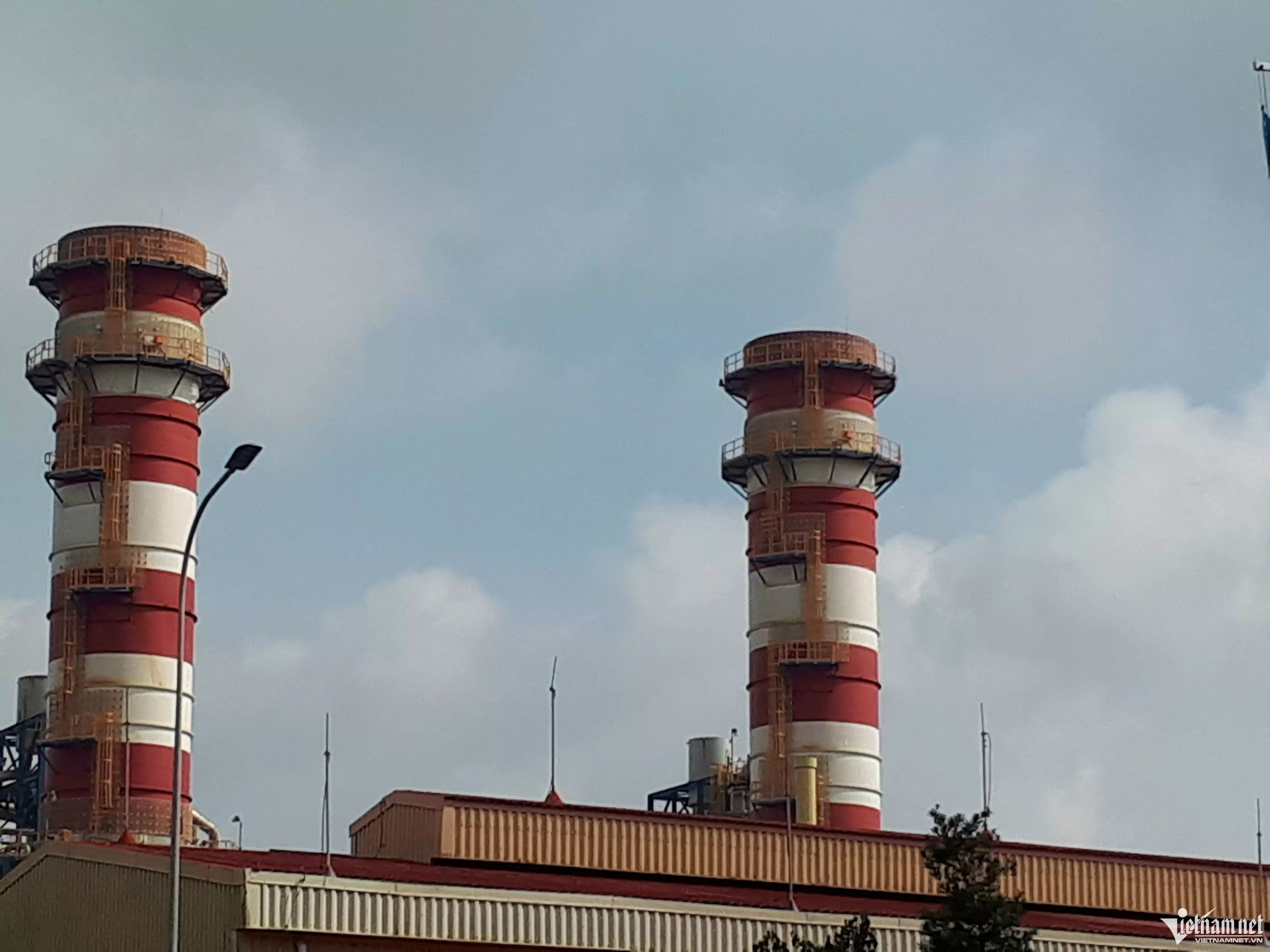
The Ministry of Industry and Trade’s (MOIT) report to the Prime Minister on the PDP VIII shows big changes in installed power capacity by 2030.
It is expected that total capacity would reach 145,930 MW, not including solar power and cogeneration sources.
PDP VIII was designed on the assumption that demand for electricity will be high, with 15 percent standby if the development of large resources is just equal to 85 percent of the planned electricity sources.
However, considering electricity structure and number of electricity generation projects in the report, one can see that even the 85 percent goal will also be difficult to obtain.
The PDP VII started in favorable conditions, but only 63 percent of the workload was done in 2016-2020.
The first concern is about coal-fired thermopower. The report on reviewing PDP VIII shows that if Vietnam cuts 18,000 MW of coal-fired thermopower by 2030 to fulfill its commitments at COP 26, the country will still have more than 10 power plants of this kind.
Meanwhile, there are four projects with total capacity of 4,800 MW that may have risks during implementation, including Nam Dinh (1,200 MW) (the investor said it has arranged capital), Cong Thanh (600 MW), Quang Tri (1,200 MW) and Vinh Tan III (1,800).
Some of the 11 coal-fired power plants with a total capacity of 12,960 MW under execution, which are expected to become operational by 2030, are having difficulties in capital arrangement.
Coal-fired thermal power projects are listed as risky projects as international financial institutions have turned their back to this type of energy, especially after the COP26 commitments.
New power sources
Vietnam plans to step up the production of gas-fired thermal power by 2030. However, experts have warned of the risks in implementation speed, as Vietnam would have only eight years ahead. Meanwhile, the development of gas-fired projects heavily depends on domestically exploited gas and imports (7,240 MW of power using domestic gas and 23,900 MW of LNG).
Of the total capacity of 23,900 MW of LNG power mentioned in PDP VIII, 17,900 MW is carried forward from PDP VII. Vietnam would also have to develop 6,000 MW more in the north so as to ensure the power capacity of the northern system.
MOIT is not certain if gas fields in Vietnam can be exploited on schedule. Some gas fields are still having difficulties in identifying reserves, and the exploitation depends on investors’ determination.
“It is necessary to have measures to maintain the implementation progress of O Mon – LooB and the Central Gas-fired Thermopower Complex – Ca Voi Xanh."
Regarding the import of LNG, MOIT said imports to satisfy the power plants with the capacity of 23,900 MW by 2030 is feasible. However, it warned that negotiations and construction won’t be easy, especially if the projects are privately invested with the presence of foreign investors.
The implementation of the $4 billion Bac Lieu project invested by Delta Offshore Energy shows that nothing is easy. The project once caught special attention with the news that it would sell electricity at a very low price level of 7 UScent/kwh.
But when negotiating for a PPA (power purchase agreement), the company made proposals which, according to MOIT, "are not suitable to Vietnamese laws".
The investor, for example, wants the government (the Ministry of Finance, or an agency to be appointed by the government) to come forward and compensate for direct losses and losses that arise if PPA terminates because of EVN’s insolvency.
As negotiations have continued, the project still has not kicked off, though the investment certificate was granted in January 2020.
Other gas-fired projects are also having difficulties in PPA negotiation and capital arrangement. The projects may not be implemented until 2029-2030.
Another source of power that is also unstable and heavily dependent on policies is wind power, both onshore and offshore.
According to MOIT, Vietnam needs to put into operation 12,000 MW of onshore wind power more by 2030. Of this, 2,800 MW needs to be in operation in 2024-2025 in the north to ensure the electricity supply for the region.
However, as PDP VIII has not been approved, there is no sufficient legal basis to be implemented.
Regarding offshore wind power, it is expected that Vietnam would have 7,000 MW by 2030 (3,000 MW in the south and 4,000 in the north). MOIT said offshore wind power in the north needs to become operational from 2027 to ensure power supply for the north.